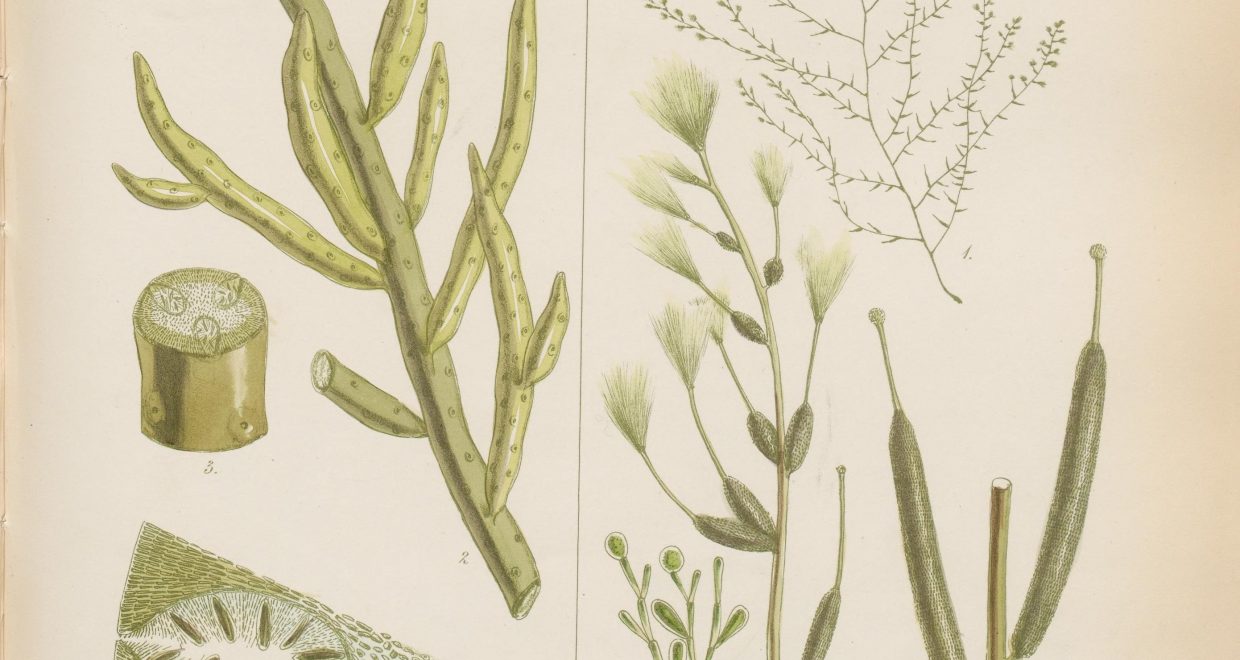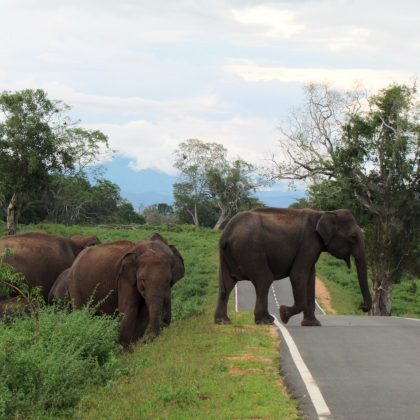‘The troubles of collecting’: William Henry Harvey and the practicalities of natural history collecting in Britain’s nineteenth-century world
This accompanies John McAleer’s British Journal for the History of Science article ‘‘The troubles of collecting’: William Henry Harvey and the practicalities of natural-history collecting in Britain’s nineteenth-century world‘
William Henry Harvey found ‘white ants’ troublesome. In Ceylon (today’s Sri Lanka), as soon as the lamps were put on the table in the evening to assist the botanist in his labours of cataloguing, preserving and storing, these insects disrupted his research by flying ‘into my bottles’ and becoming ‘immortalised in spirits’. In light of the other challenges he faced, this was a minor inconvenience for Harvey as he travelled to Australia in 1853 in pursuit of cryptogams – non-flowering plants like mosses, lichens and algae. But the termites, or white ants, and their ignominious fate – drowned and preserved in alcohol for the perusal of curious Victorian naturalists – alert us to some of the practical challenges and logistical problems encountered by natural history collectors like Harvey as they travelled around the world in the eighteenth and nineteenth centuries in search of the specimens and data that would expand the horizons of their disciplines.
By focusing on the example of William Harvey and his travels, my article explores the difficulties encountered by those involved in collecting, preserving and transporting natural history specimens from the field to the museum or laboratory in the nineteenth century. It looks beyond apparent successes, focusing instead on the failures and travails, the frustrations and difficulties, the disasters and disappointments. It considers the catastrophic, but also the mundane and downright tedious. The examples of Harvey and others shed light on the real, ‘lived’ experiences of individual collectors, the challenges they encountered in amassing their collections, and the networks of people on which they relied.
Collecting natural history specimens in the nineteenth century depended on many people and involved a complex array of interrelated activities. Success was always contingent and never inevitable. Logistics and organisation were fundamental to a successful collecting journey. Empirical knowledge and material resources were crucial. The letters, diaries, journals and memoirs of nineteenth-century collectors like William Harvey yield a rich crop of evidence, illuminating the practical obstacles and challenges they faced, as well as the people they depended upon. Reconstructing Harvey’s varied experiences on his cryptogamic expedition to Australia helps to illuminate these complexities, paying attention to activities that were routine and commonplace to contemporary travellers but crucial to present-day historians in attempting to understand and interpret these collecting journeys and the kinds of material knowledge they represent.
Main image: Harvey, W.H. 1855. Algae. In: The botany of the Antarctic voyage of H.M. discovery ships Erebus and Terror, in the years 1839-1843, under the command of Captain Sir James Clark Ross…. II. Flora Novae-Zelandiae. Part II. Flowerless plants. (Hooker, J.D. Eds): 211–266. plate CIX. Wikimedia Commons






